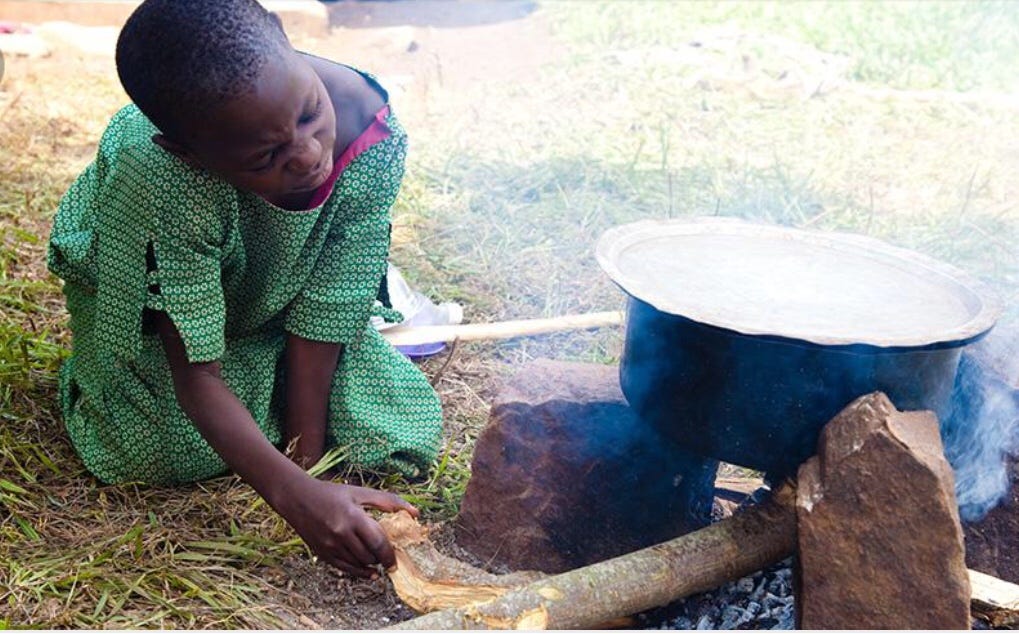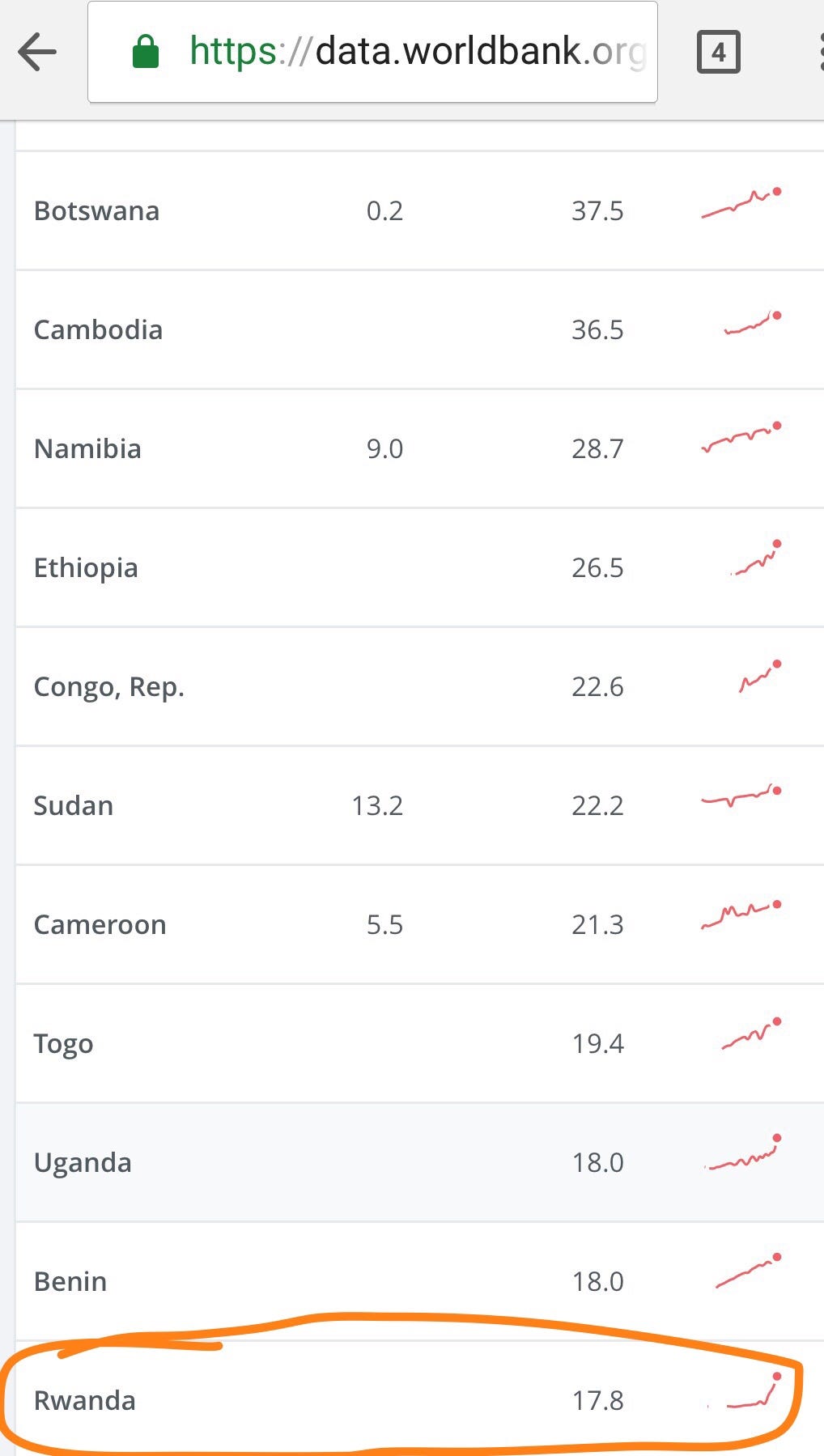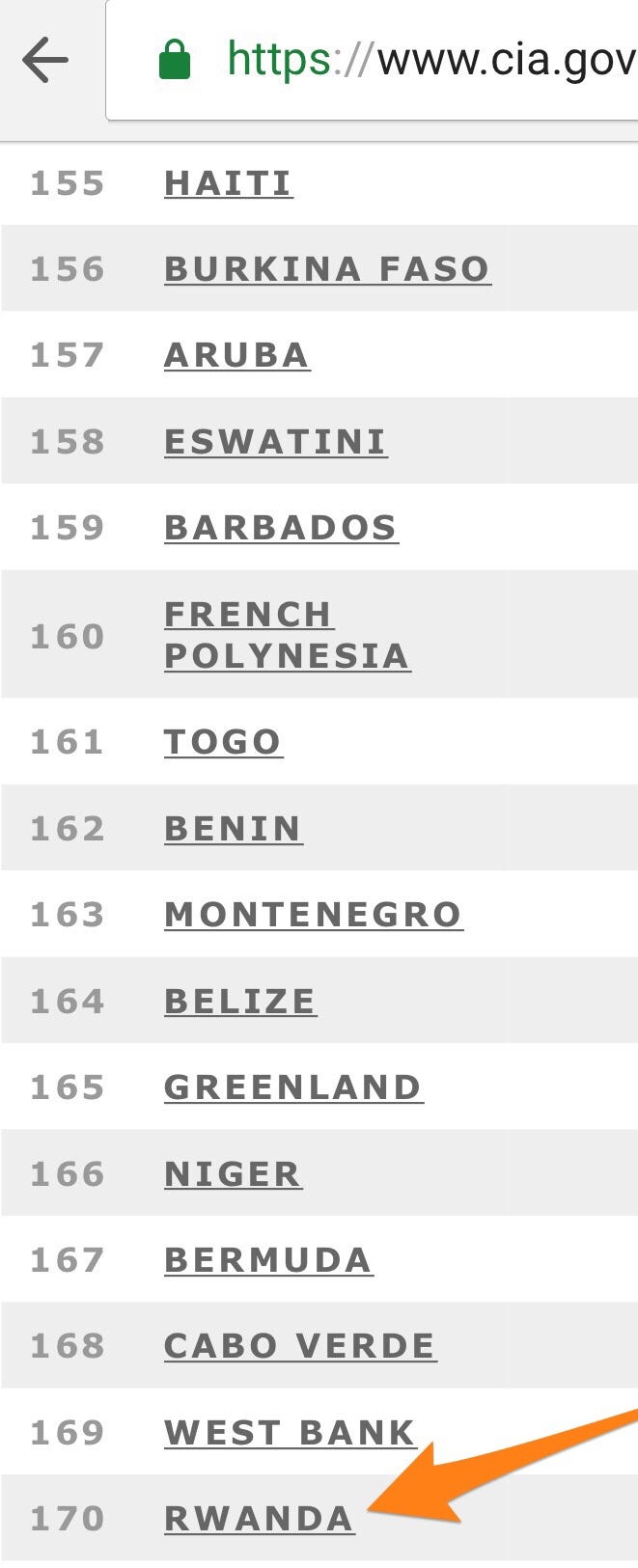Kagame's Rwanda Has Less Electricity Than Somalia — And Much Less Than Haiti And Eritrea.
Kagame's Rwanda Has Less Electricity Than Somalia — And Much Less Than Haiti And Eritrea.

Try as you may, you will never figure out how the Rwandan President, Paul Kagame, determines what constitutes development priorities. Nevertheless, his policy actions suggest he favors mega-projects that have a visible impact. Put in another way, Kagame prefers to implement projects that have a demonstrative effect. For example, Kagame spent US$300 Million to build a convention center. He sunk over US$1 Billion into the national airline. He also spent US$40 Million on the English football club Arsenal. For this amount of money, Arsenal will wear a "visit Rwanda" logo to sponsor tourism.
Kagame's preference for large-scale visible projects has adverse consequences. This has led to a devastating neglect of invisible but vital imperatives central to socio-economic transformation. As the saying goes, what you don't see can seriously harm you. Case in point is electricity — easily, the most damaging developmental failure by the Kagame government.
Rwanda remains largely in the darkness.
The database from the Global Tracking Framework led by the World Bank and International Energy Agency provides an insight into Rwanda's electricity situation. Part of Rwanda's reality is shown in Figure 1. As indicated, countries such as Haiti, Somalia, and Lesotho have higher electricity access rates than Rwanda.
FIGURE 1 — Comparative Electricity Access

The percentage of the Rwandan population with access to electricity is 29.4%. Comparatively, the percentage of the population with access to electricity in Somalia stands at 29.9%. Somalia is a country without a functioning government for almost 30 years. Electricity access in Haiti is 38.7%, while electricity in Eritrea is 46.7. Haiti and Eritrea are generally regarded as failed states — but here they are with higher electricity access rates than Rwanda which is a self-proclaimed Africa's success story.
The situation is much worse in rural Rwanda. The percentage of the rural population with electricity in Rwanda drops to 17.8% as shown in Figure 2.
FIGURE 2 — Comparative Rural Access To Electricity

When it comes to cooking, however, the distinction between rural and urban access to electricity disappears.. The overwhelming majority of Rwandans depends on solid biomass for cooking:
"In Rwanda, 95 percent of people use solid fuels for cooking, while further south in Malawi, biomass meets 93 of energy needs. But dependency on solid biomass such as firewood is harming the environment, as overharvesting of wood degrades the land and contributes to climate change. Burning wood for fuel also causes indoor air pollution that adversely affects populations that are already disadvantaged, in particular women and children."
Rwanda's position in electricity generation global rankings completes the gloomy story.
The CIA World Factbook which ranks countries according to installed electricity generation capacity further indicates Rwanda's dire circumstances.. Rwanda stands in position 170 out of 215 countries. Part of the global rankings is shown in Figure 3.
FIGURE 3— Global Rankings On Installed Electricity Generation

Less than two years when Rwanda is supposed to become a middle-income state per Vision 2020, most Rwandans live in the dark. Over 95% cook with firewood that is destroying the environment. Comparatively, Rwandans have less access to electricity than their counterparts in countries categorized as "failed states" such as Somalia, Haiti, and Eritrea. It is stating the obvious to say that Kagame's development model is very strange.
Posted by: Nzi Nink <nzinink@yahoo.com>
| Reply via web post | • | Reply to sender | • | Reply to group | • | Start a New Topic | • | Messages in this topic (1) |


No comments:
Post a Comment